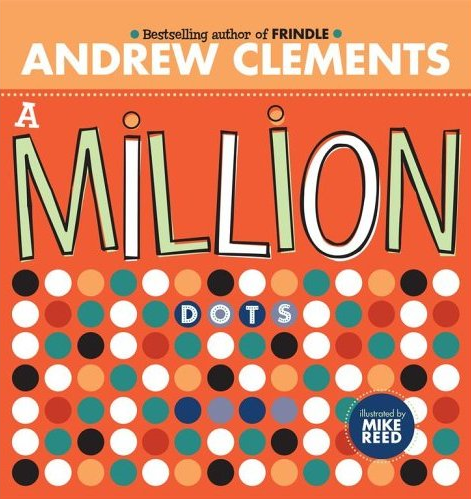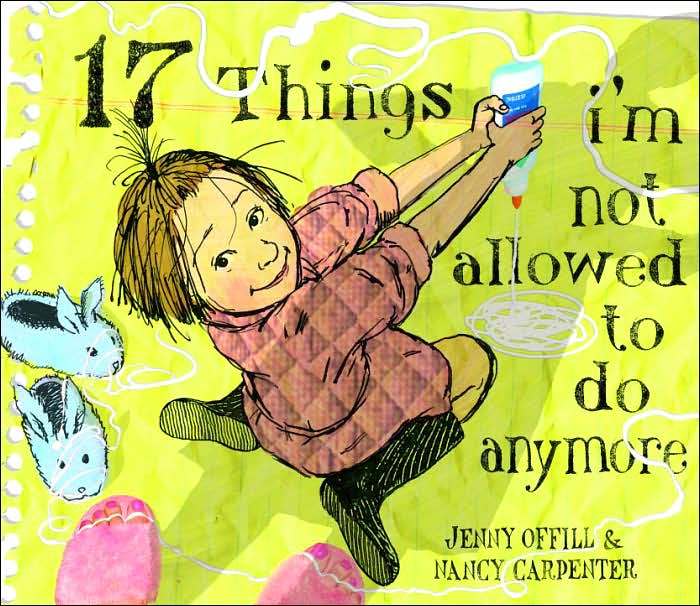
By Todd H. Doodler
(Blue Apple Books, 2011)
Say the word underwear and kids laugh. Every single time. Say long underwear and kids say, “Eww!” or “Gross!” Children just don’t like the longer version. They don’t buy into its practicality. It just looks funny...and not in the ha-ha sense.
Todd Doodler has created a book to make long underwear cool. On a “snow, blow-y winter day”, Bear and his animal friends decide to go outside to play in the snow. They put on all the sensible outerwear: mitts, hats, scarves and coats. Off they go to sled down a hill, throw snowballs and catch snowflakes on their tongues.
Bear decides to make a snowman, but his friends feel that the figure needs to be accessorized with more than sticks and a carrot. Bear dresses the snowman in his own winter gear until bear is left standing in the snow in long underwear. Soon all the animals want a pair. Yes, long underwear is the hot item for cold days.
Doodler’s illustrations are bright and appealing for young viewers. The animals’ appearance and simple movements make them look like they come from videogames. Kids can pick their favorite animal from Skunk to Hedgy to a large blob I presume is Bigfoot.
Simple book, simple concept. Long underwear is essential on cold days and nights. Perhaps after reading this book, your own preschoolers won’t complain when they have to put on a pair.
(Blue Apple Books, 2011)
Say the word underwear and kids laugh. Every single time. Say long underwear and kids say, “Eww!” or “Gross!” Children just don’t like the longer version. They don’t buy into its practicality. It just looks funny...and not in the ha-ha sense.
Todd Doodler has created a book to make long underwear cool. On a “snow, blow-y winter day”, Bear and his animal friends decide to go outside to play in the snow. They put on all the sensible outerwear: mitts, hats, scarves and coats. Off they go to sled down a hill, throw snowballs and catch snowflakes on their tongues.
Bear decides to make a snowman, but his friends feel that the figure needs to be accessorized with more than sticks and a carrot. Bear dresses the snowman in his own winter gear until bear is left standing in the snow in long underwear. Soon all the animals want a pair. Yes, long underwear is the hot item for cold days.
Doodler’s illustrations are bright and appealing for young viewers. The animals’ appearance and simple movements make them look like they come from videogames. Kids can pick their favorite animal from Skunk to Hedgy to a large blob I presume is Bigfoot.
Simple book, simple concept. Long underwear is essential on cold days and nights. Perhaps after reading this book, your own preschoolers won’t complain when they have to put on a pair.



